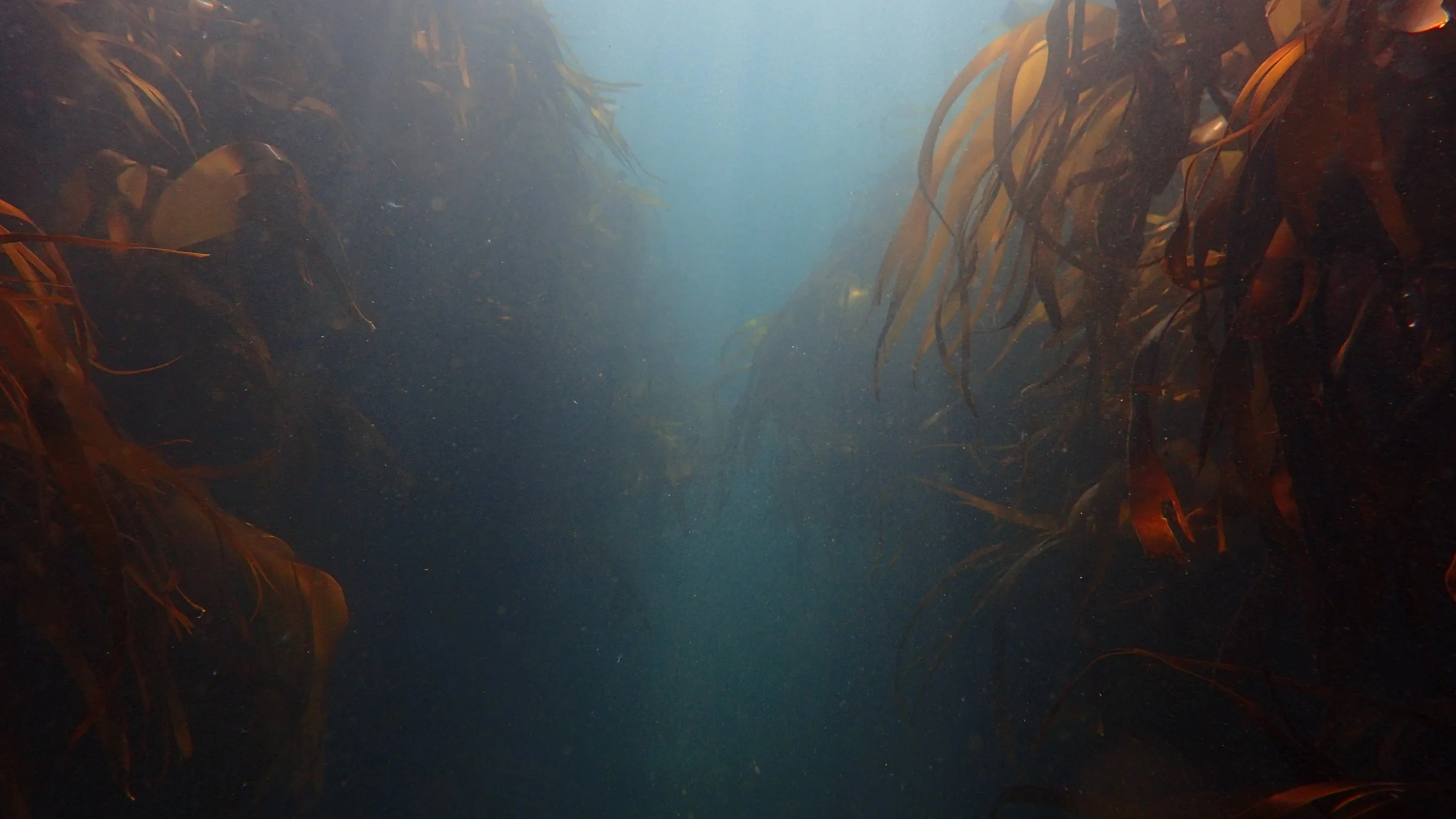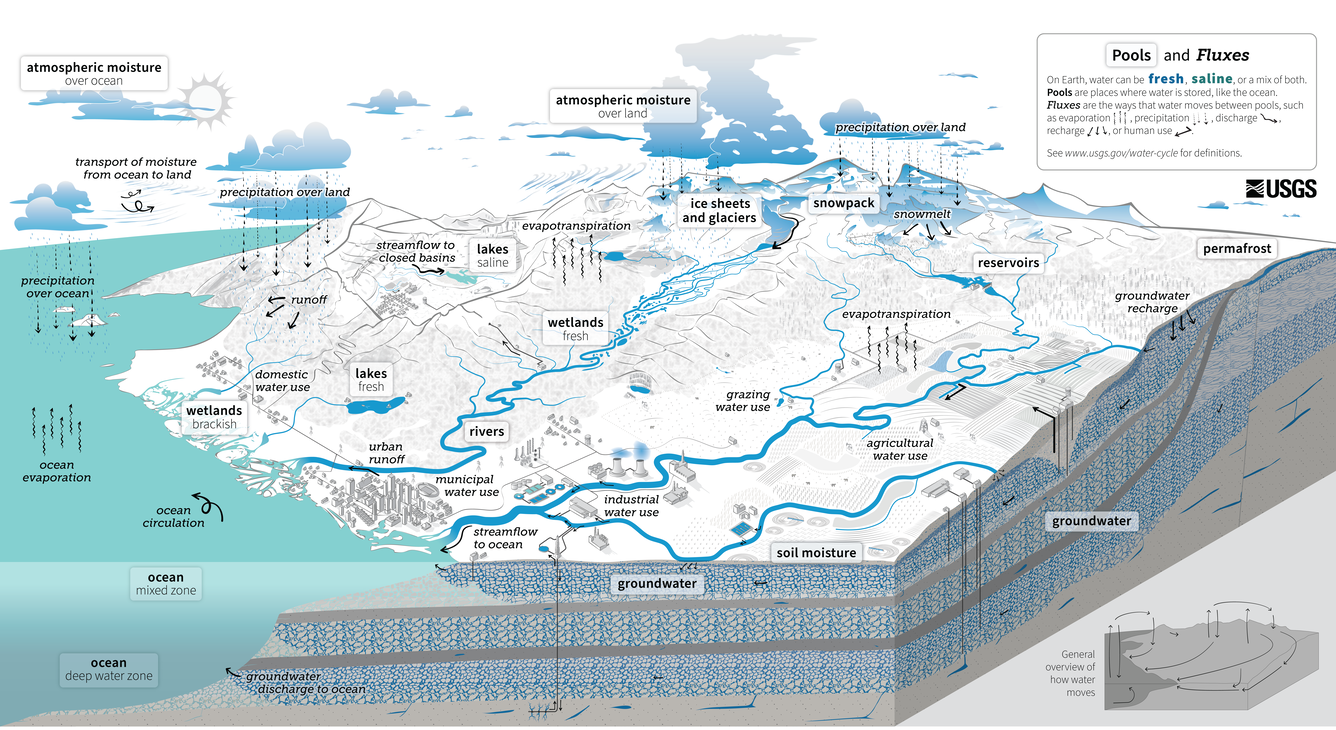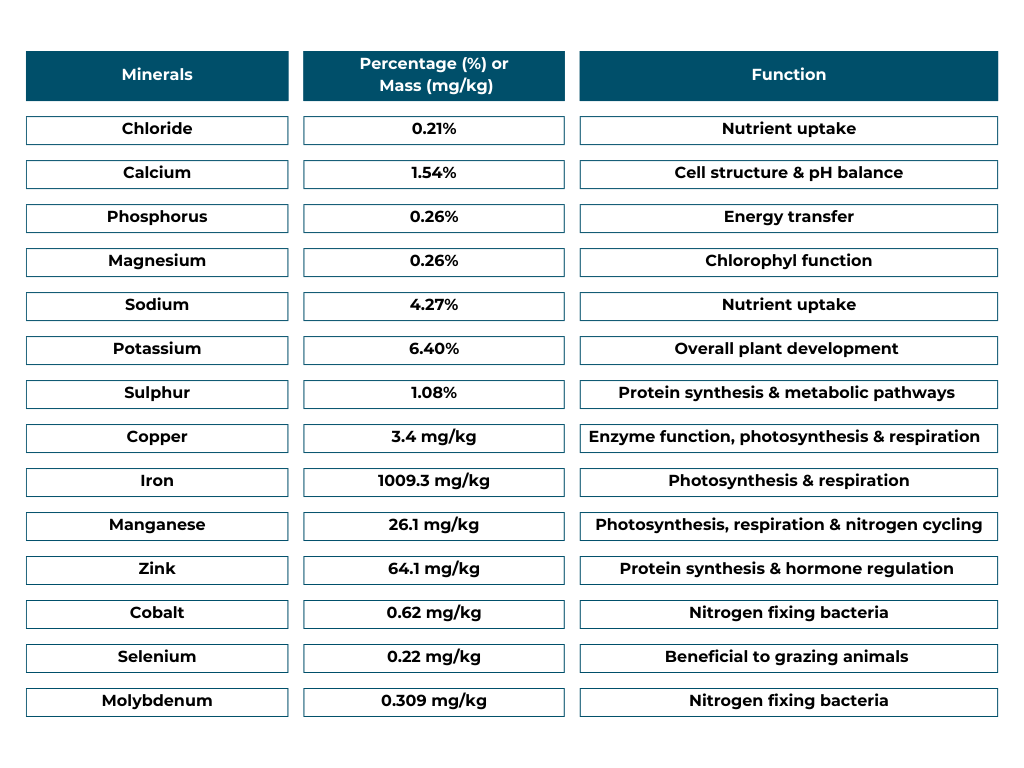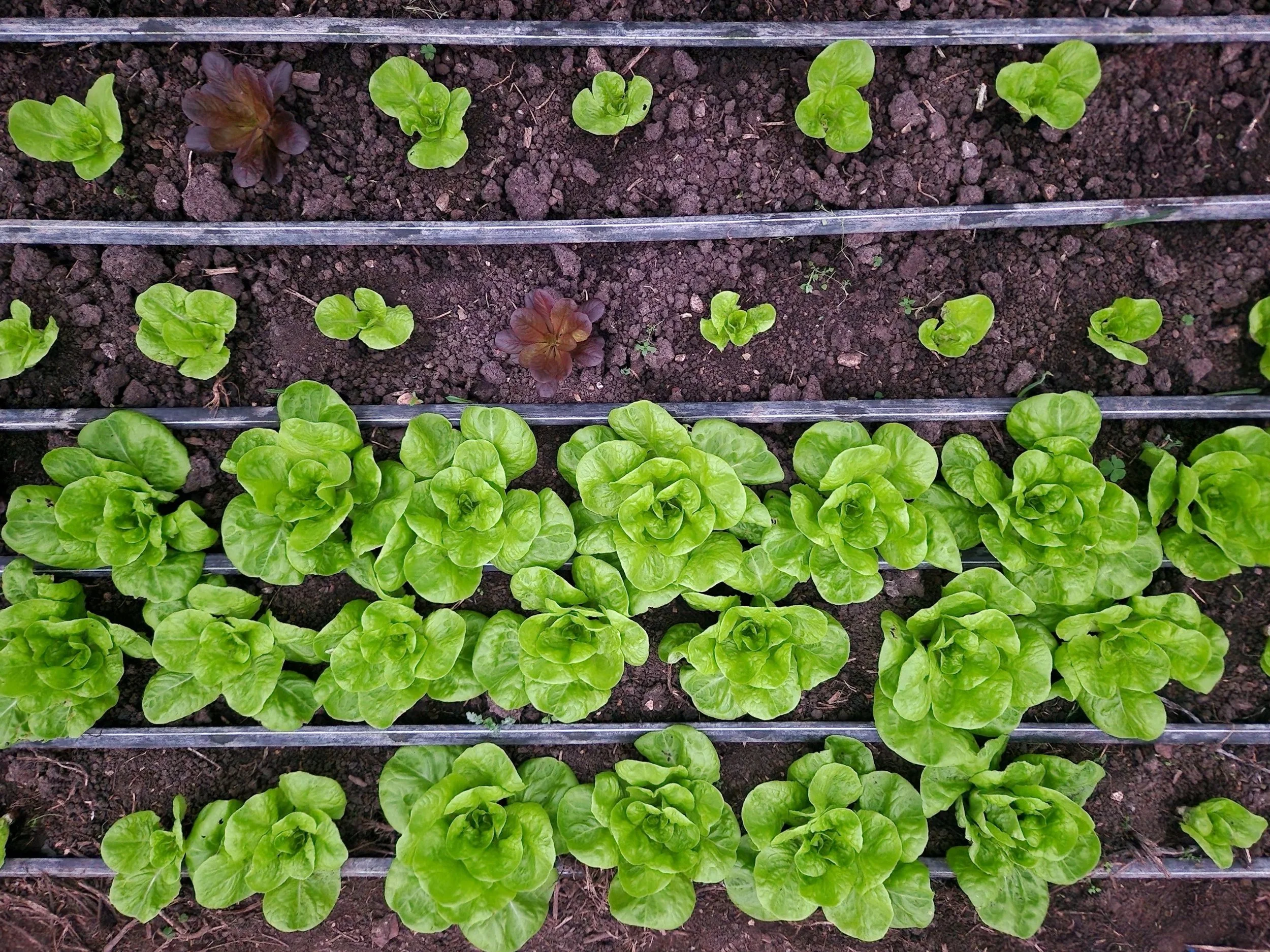Why the Sea is Salty - and What That Means for Your Yield
From soil to ocean and back again: how fermented liquid seaweed returns lost minerals and sugars to soils, boosting crop resilience and yield.
Keywords: fermented seaweed biostimulant, fermented liquid seaweed, seaweed extract UK, kelp mannitol, soil aggregation, bioavailable minerals, Channelled Atlantic
From land to sea: why the ocean is salty
Rainwater absorbs CO₂, becomes slightly acidic, and weathers rocks, releasing dissolved ions that rivers carry to the sea. Over time, evaporation concentrates these salts. That is why the ocean is salty [1]. USGS
Average seawater contains about 35 g of dissolved salts per kg (33–37 g kg⁻¹ typical). Chloride and sodium are the dominant ions, followed by sulphate, magnesium, calcium, and potassium [2–3]. NOAANOAA Institutional Repository
Weathering and rivers move ions from land to ocean; evaporation concentrates salts. U.S. Geological Survey. The Water Cycle (poster and PNG). 2022.
Available from: https://www.usgs.gov/media/images/water-cycle-png [1]. USGS
Capturing minerals with sunlight
Kelp absorbs dissolved nutrients and halogens from seawater and, through photosynthesis, builds carbon stores that support growth and stress tolerance [4]. Brown kelps uniquely accumulate iodide as an inorganic antioxidant, protecting tissues from oxidative stress [4]. PubMed
Mannitol is synthesized via mannitol-1-phosphate dehydrogenase and mannitol-1-phosphatase and functions as a key osmoprotectant and carbon reserve in brown algae [5–6]. Oxford AcademicMDPI
Laminarin, a β-(1→3)/(1→6) glucan, can prime plant defenses and improve disease control in multiple crops [7–8]. Whole seaweed extracts act via multiple components working together, which is why fractionated single molecules often underperform the full extract [9]. PMC+1APS Journals
What’s inside Channelled Atlantic’s fermented liquid seaweed
Why this mix matters: Alginate hydrogels improve soil water-holding and can moderate nutrient release when formulated correctly [10]. Microbial extracellular polymeric substances (EPS), fed by labile carbon like mannitol, bind soil particles and improve aggregation, porosity, and moisture retention [11]. Microbes also solubilise mineral phosphorus via organic acids and enzymes, increasing plant-available P in the rhizosphere [12–13]. PMCPubMedFrontiers+1
At the plant level, K regulates stomata and enzyme activation, Mg sits at the center of chlorophyll, Ca supports cell walls and membranes, Fe/Mn/Cu/Zn are essential cofactors for photosynthesis and respiration, and Mo is pivotal for nitrate reductase and biological N fixation [15–17].
So why don’t we use seawater,? Well, it is not all about the minerals, its the sugars and the microbes too. Most crops begin to lose yield as irrigation water salinity rises above common thresholds (for many crops around ECw ~0.7–3 dS m⁻¹), so raw seawater is unsuitable despite its minerals [14]. Seawater salinity near 35 g kg⁻¹ far exceeds agronomic limits, causing osmotic stress, Na⁺ and Cl⁻ toxicity, and long-term soil degradation [2,14]. Open Knowledge FAONOAA
Fermentation makes nutrients more bioavailable and soil-friendly
Lactic- and mixed-culture fermentation pre-digests seaweed carbohydrates into organic acids and smaller molecules, enhancing chelation and solubilization of nutrients while supplying a gentle carbon feed that supports beneficial microbes [18]. Field and pot studies with fermented seaweed inputs show improved soil microbial communities and yield responses, consistent with better nutrient cycling and stress physiology [19]. MDPI+1
Closing the loop, enhancing availability and delivery
Channelled Atlantic’s fermented seaweed biostimulant returns mineral elements that once washed off land in a plant-safe, biologically active form, together with polysaccharides that feed soil life and improve structure, and elicitors that support crop resilience [9–12,15–18]. For real-world outcomes on UK pasture and mixed systems, see our recent field-trial blog (we will link this).
References
U.S. Geological Survey. Why is the ocean salty? 2023. Available from: https://www.usgs.gov/faqs/why-ocean-salty
NOAA. Sea Water: salinity and major ions. 2023. Available from: https://www.noaa.gov/jetstream/ocean/sea-water
NOAA. Major ions of seawater (teaching slides). 2014. Available from: https://repository.library.noaa.gov/view/noaa/16260/noaa_16260_DS3.ppt
Küpper FC, et al. Iodide accumulation provides kelp with an inorganic antioxidant. Proc Natl Acad Sci USA. 2008;105:6954-8. doi:10.1073/pnas.0709959105. PubMed
Groisillier A, et al. Mannitol metabolism in brown algae involves a new phosphatase family. J Exp Bot. 2014;65(2):559–70. Oxford Academic
Le Strat Y, et al. Characterization of redox-sensitive brown-algal mannitol-1-phosphatases. Phycology. 2022;3(1):1. MDPI
Klarzynski O, et al. Linear β-1,3-glucans are elicitors of defense responses in tobacco. Plant Physiol. 2000;124:1027–38. PMC
Aziz A, et al. Laminarin induces defense responses and controls pathogens in grapevine. Mol Plant-Microbe Interact. 2003;16(12):1118–28. APS Journals
Ali O, et al. Biostimulant properties of seaweed extracts in plants. Plants. 2021;10:531. PMC
Wang N, et al. Alginate-based composites as novel soil conditioners. Carbohydr Polym Technol Appl. 2023;5:100302. (Open-access version) https://pmc.ncbi.nlm.nih.gov/articles/PMC11057947/
Costa OYA, et al. Microbial extracellular polymeric substances: ecological function and impact on soil aggregation. Front Microbiol. 2018;9:1636. PubMed
Alori ET, et al. Microbial phosphorus solubilization and its potential for sustainable agriculture. Front Microbiol. 2017;8:971. Frontiers
Wang Z, et al. Isolation and characterization of a phosphorus-solubilizing bacterium with multiple P-solubilizing mechanisms. Front Microbiol. 2017;8:1270. Frontiers
Ayers RS, Westcot DW. Water Quality for Agriculture (FAO Irrigation and Drainage Paper 29 Rev.1). Rome: FAO; 1985. Available from: https://openknowledge.fao.org/handle/20.500.14283/2899
Xu X, et al. Effects of potassium on plant growth and photosynthesis. Front Plant Sci. 2020;11:904. PMC
Assunção AGL, Persson DP, Husted S. Micronutrient homeostasis in plants for more sustainable agriculture. J Exp Bot. 2022;73(5):1789–804. PMC
Kaiser BN, et al. The role of molybdenum in agricultural plant production. Ann Bot. 2005;96:745–54. PMC
Monteiro P, et al. Seaweeds as a fermentation substrate: a challenge for the food processing industry. Processes. 2021;9:1953. MDPI
Prasedya ES, et al. Fermented seaweed fertilizer improves soil microbiota and yield in rice. Fermentation. 2022;8:420. MDPI






